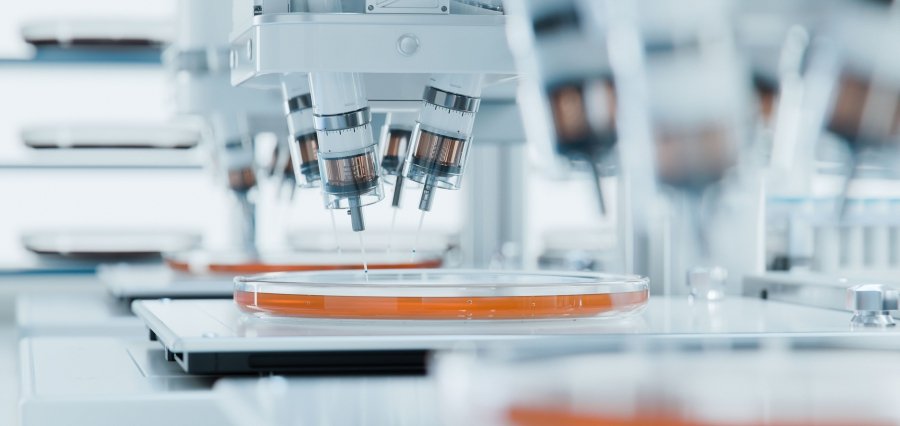Prime Highlights
- Australian researchers at the Frazer Institute, University of Queensland, developed the world’s most lifelike lab-grown human skin with its own blood circulation system
- The innovation is expected to revolutionize treatments for burns, grafts, and chronic skin conditions.
Key Facts
- The skin model includes blood vessels, capillaries, hair follicles, nerves, tissue layers, pigmentation, and immune cells.
- Created by reprogramming skin cells into stem cells, forming organoids, and integrating blood vessels.
Key Background
Australian researchers have grown a full functioning skin of a man in the laboratory, holding his blood circulation system. This advance, guided by the researchers at the Frazer Institute of the University of Queensland, has the potential to revolutionize how burns, grafts, and chronic skin diseases are treated.
The research team designed a skin model using stem cells, which most closely resembles natural human skin. The lab-grown skin includes blood vessels, capillaries, hair follicles, nerves, tissue layers, pigmentation, and immune cells. Scientists claimed it is the most lifelike skin ever developed in the world.
Lead researcher Abbas Shafiee, a tissue engineering and regenerative medicine scientist at the Frazer Institute, said the newly developed skin model is the most realistic of its kind worldwide and will allow more precise study of diseases and testing of treatments.
It included reprogramming human skin cells into stem cells that were expanded to make mini skin-like structures known as organoids. Using the same stem cells, researchers created blood vessels and integrated them into the developing skin. The result was living skin that developed naturally with its own blood supply.
Shafiee explained this breakthrough surmounts the age-old constraint of studying skin ailments and designing interventions. He stated that the new skin model, which bears a strong resemblance to real human skin, will enable researchers to examine diseases more closely, develop better testing of treatments, and develop new treatments.
It was a six-year research project, published in the Wiley Advanced Health Care Materials. Professor Kiarash Khosrotehrani, one of the co-authors, said that the development of the skin model will present new hope to patients with difficult-to-treat inflammatory and genetic skin diseases like psoriasis, atopic dermatitis, and scleroderma.
Khosrotehrani said the breakthrough was regarded as a source of hope for people with chronic skin conditions, which are often difficult to treat. The scientists believe this innovation will not only improve skin grafts but also accelerate the development of personalized medicine in dermatology.





